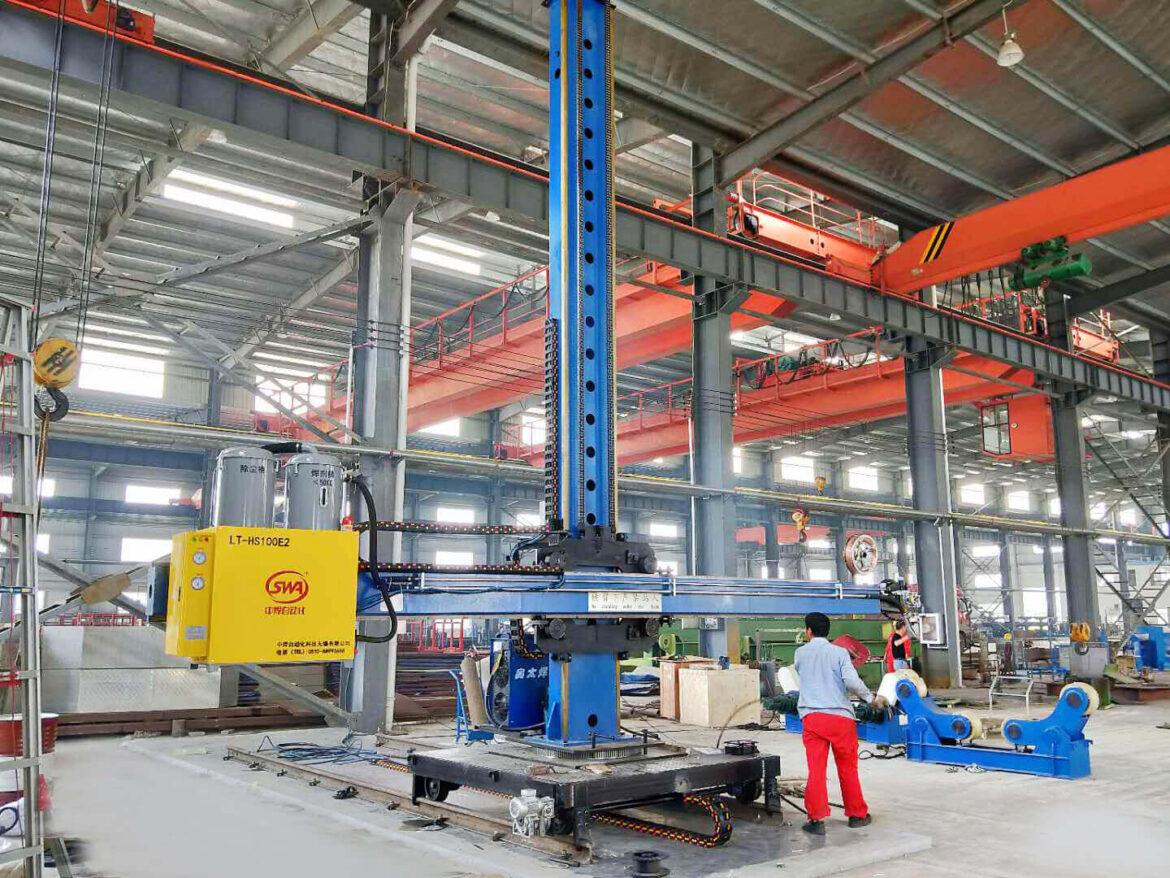Welding is a process that has become vital to the world today. The processes involved in welding are aimed towards joining individual components, majorly metals, together to form a whole. The process of welding usually involves the use of high temperatures and subsequent cooling. With more advancement in technology and industrial advancement, welding has evolved with time. There are now more complex parts and complicated machinery being employed in welding such as the welding column.
However, we will not be discussing the welding field as a whole. For this article, we will be focussing on welding manipulators.
Welding manipulators are essential. So we will pay attention to what exactly welding manipulators are? Then we will also consider whether or not there are types of welding manipulators. If there are, what are the different types of welding manipulators?
What then are Welding Manipulators?
The whole structure of the welding manipulators is structured after a somewhat cross-shaped design. The beams of the welding manipulators are adjustable. The beam could be regulated to go up or down both telescopically as well as electrically. The welding manipulators functions by sending and holding the welding gun or welding head.
This is essential in keeping the welding gun or head in place once it has been moved to its ideal position. The welding manipulators could equally be described as possessing the ability to moves fluxes along a pre-planned trajectory at chosen welding speeds. Generally, machines are made up of beams, uprights, trolleys, slewing machines as well as a lot of other components.
Since we have given a somewhat brief introduction to what welding manipulators are, let us see the types.
Types of Welding Manipulators
Of course, there are types or classes of welding manipulators. The machine after all has the ability to be attached to welding positioners, welding rotators as well as other welding parts. This attaching helps the welding manipulators assist in automatically welding both the inner and the outer ring seams, the fillet welds as well as the inner and the outer longitudinal seams of the work material.
There are four different configurations to using welding manipulators. These configurations include:
- Fixed configuration
- Fixed rotary configuration
- Fixed-mobile configuration
- Mobile rotary
The specific structure or configuration one would like to go with is chosen according to the needs of the user. The variety of machines that can be equipped are left to the user’s discretion. Several additional effects could be given to the welding manipulators based on the attached machines. These added features include flux recovery, swinging, tracking, monitoring, and many more.
Conclusion
There are various suppliers of welding manipulators. But to make the right choice, one would have to go with the appropriate brand. So it would be a safer option to go with those welding manipulators made by reputable brands. With the right brand, one is assured of an extensive duration of service. As a matter of fact, some suppliers also offer after-sale services. so do not settle for less and go with a reputable supplier and save one`s yourself undue stress in the future.
